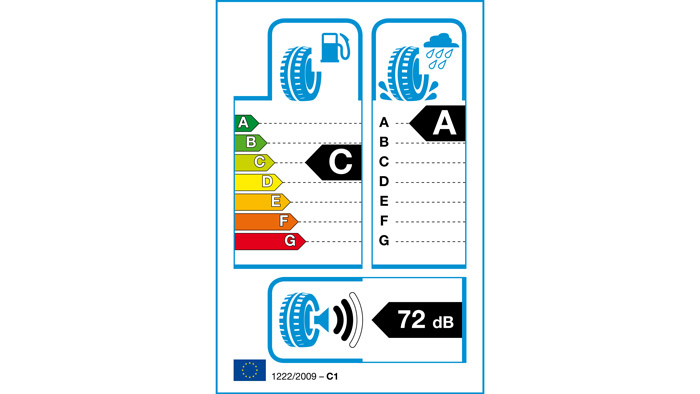
EU closer to approving new tyre labelling regulation
The EU Parliament’s industry, research and energy committee voted in favour of the proposed new tyre labelling regulation on the 28th of April, bringing it closer to adoption. The EU Parliament as a whole needs to formally adopt the new Tyre Labelling Regulation (TLR), which would allow its provisions to become applicable from the 1st of May 2021.
Tyres account for between 20% and 30% of a vehicle’s fuel consumption, which means that choosing more fuel-efficient tyres can help to reduce transport emissions. The EU has committed to cut its greenhouse gas emissions by at least 40% below 1990 levels by 2030 under the Paris Agreement. Road transport is responsible for about 22% of the EU’s greenhouse gas emissions and transport is the only sector where emissions remain higher than in 1990. In order to reach climate neutrality by 2050, the EU wants to cut emissions from transport 60% by 2050, compared with the 1990 level.
On 17 May 2018, the European Commission adopted a proposal for a new regulation on the labelling of tyres for the purposes of fuel efficiency, safety, and noise reduction. This would replace the 2009 Tyre Labelling Regulation, while maintaining and reinforcing most of its key provisions.
The proposed regulation would increase consumer awareness of the tyre label, and improve market surveillance and enforcement of TLR provisions across the EU member states. Suppliers would be obliged to display the tyre label in all forms of purchase, including where the tyre is not physically shown in the store and where it is sold online or on a long-distance basis. Whereas the tyre label is currently applicable to passenger and light-duty vehicles, in the future it would also apply to heavy-duty vehicles. The new label would include visual information on tyre performance in snow or ice conditions, and could be adjusted by means of delegated acts to include information on mileage, abrasion or re-studded tyres. Tyre labels would be included in the product registration database being set up as part of the revised EU framework for energy efficiency labelling.
On 13 November 2019, successful trilogue negotiations resulted in a provisional agreement on the content of the new regulation. The EU Council formally endorsed the rules in February 2020.
New tyre labels will allow EU consumers to choose more fuel-efficient tyres, which can lead to great savings for them in terms of spending as well as lower emissions. And road safety is improved through better wet grip while information on noise levels help lower noise pollution caused by cars.The labels would include information on fuel efficiency and wet grip, on a scale from A to G (similar to the energy labelling used for household appliances), as well as information about their external noise level, expressed in decibels.
Information on snow and ice grip can be added in the future, as well as information on mileage and abrasion, which is responsible for microplastic pollution, when a testing method becomes available.
The labels must be clearly visible to consumers, be on display in all situations where tyres are sold, including online, and should provide a QR code for easy scan.





.png)





